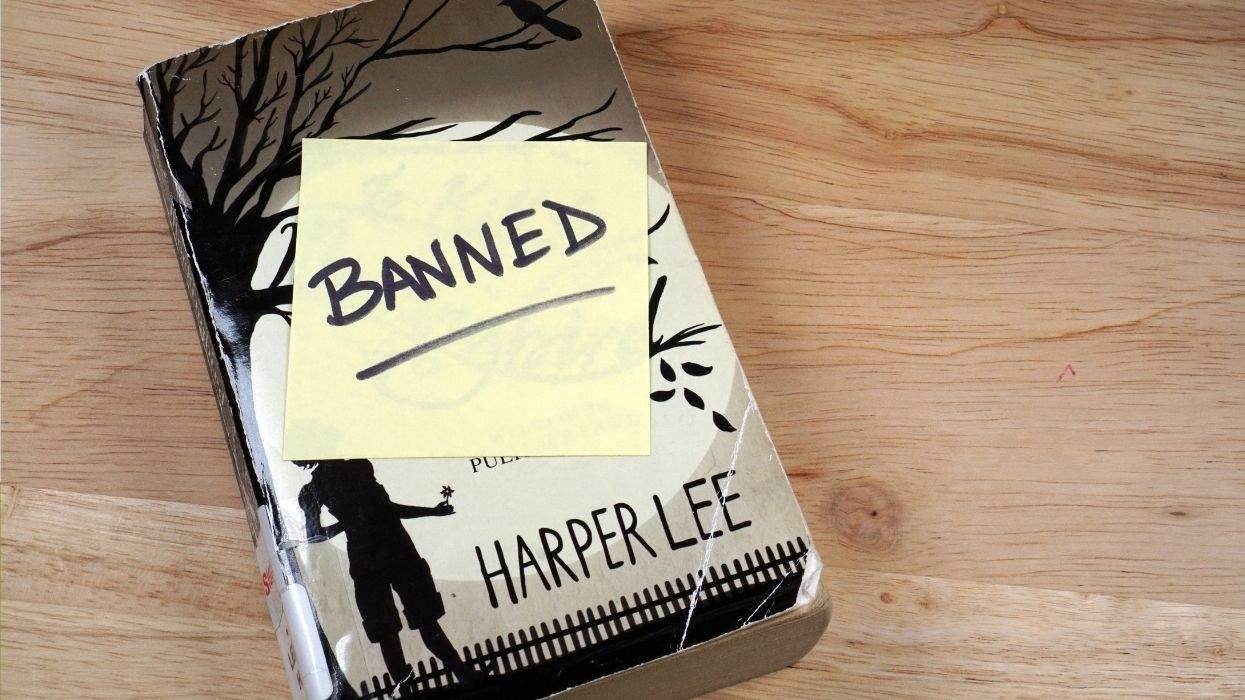A former nurse
was found guilty of the dismemberment murders of two men
whose body parts were dumped along New Jersey highways.
Richard W. Rogers Jr., 55, of Staten Island,
N.Y., was convicted Thursday in state superior court
of murdering Thomas Mulcahy, 56, a married bisexual
businessman from Sudbury, Mass., and Anthony Marrero, 44, a
gay prostitute from Manhattan.
Rogers, who worked as a surgical nurse for 20
years at Mount Sinai Hospital in Manhattan, was also
convicted of two counts of hindering his own
apprehension by dismembering and disposing of the victims'
bodies. He faces up to life in prison with a minimum
of 30 years without parole on each of the murder
counts when he is sentenced January 26. Prosecutors
did not seek the death penalty.
"We're just pleased," Mulcahy's widow, Margaret,
said after the verdict. "We feel justice has been done."
Rogers's attorney, David Ruhnke, plans to
appeal. He had argued that prosecutors charged the
wrong person. He had also tried to convince the jury
that it could not convict Rogers of the crimes because the
state had not proved they occurred in New Jersey. But
Judge James Citta ruled that the law allowed the jury
to infer that because the bodies were found in New
Jersey, the murders occurred in New Jersey. Investigators
never established where the murders occurred.
"I feel better that he's not walking the
streets," assistant prosecutor William J. Heisler said
after the verdict.
Mulcahy was in New York City on July 7, 1992,
for a business meeting and disappeared the following
day. One of the last places he was seen was the
Townhouse, a gay bar that Rogers was known to frequent.
Mulcahy's dismembered parts were discovered July
10, 1992, at a state Department of Transportation
maintenance yard in Burlington County and in a trash
barrel at the Stafford Forge Rest Area on the Garden State
Parkway. Sixteen of Rogers's fingerprints were found on the
bags containing Mulcahy's remains.
Marrero's dismembered body was found in plastic
bags on May 10, 1993, near a road in Manchester. Two
of Rogers's fingerprints and his palm print were on
those bags.
The big break in
the case came on May 28, 2001, when Maine authorities,
who had recently gone online with an automated fingerprint
identification system, matched Rogers's prints to
those on the bags that contained Mulcahy's and
Marrero's dismembered remains. His fingerprints were on
file in Maine because he had been tried in November 1973 for
the slaying of his graduate school roommate, Frederick
Spencer, at the University of Maine. Claiming
self-defense, Rogers was acquitted in that
hammer-beating death. (AP)





































































Charlie Kirk DID say stoning gay people was the 'perfect law' — and these other heinous quotes